Guido Reni (1575 – 1642)
Get a Reni Certificate of Authenticity for your painting (COA) for your Reni drawing.
For all your Reni artworks you need a Certificate of Authenticity (COA) in order to sell, to insure or to donate for a tax deduction.
Getting a Reni Certificate of Authenticity (COA) is easy. Just send us photos and dimensions and tell us what you know about the origin or history of your Reni painting or drawing.
If you want to sell your Reni painting or drawing use our selling services. We offer Reni selling help, selling advice, private treaty sales and full brokerage.
We have been authenticating Reni and issuing certificates of authenticity since 2002. We are recognized Reni experts and Reni certified appraisers. We issue COAs and appraisals for all Reni artworks.
Our Reni paintings and drawings authentications are accepted and respected worldwide.
Each COA is backed by in-depth research and analysis authentication reports.
The Reni certificates of authenticity we issue are based on solid, reliable and fully referenced art investigations, authentication research, analytical work and forensic studies.
We are available to examine your Reni painting or drawing anywhere in the world.
You will generally receive your certificates of authenticity and authentication report within two weeks. Some complicated cases with difficult to research Reni paintings or drawings take longer.
Our clients include Reni collectors, investors, tax authorities, insurance adjusters, appraisers, valuers, auctioneers, Federal agencies and many law firms.
We perform Guido Reni art authentication, appraisal, certificates of authenticity (COA), analysis, research, scientific tests, full art authentications. We will help you sell your Guido Reni or we will sell it for you.
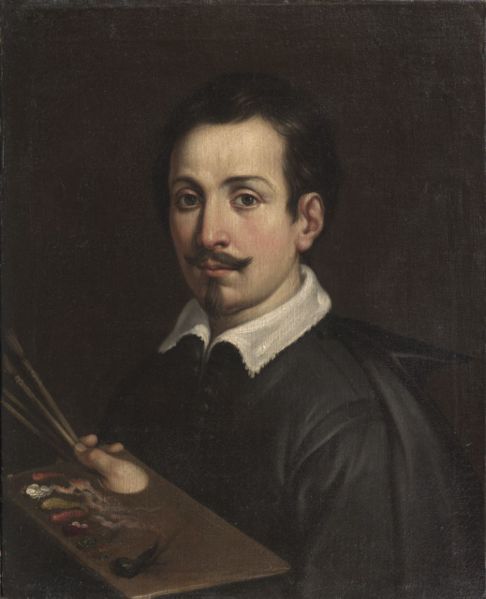
Guido Reni was a prominent Italian painter of high-Baroque style. Born in Bologna into a family of musicians, Guido Reni was the son of Danieli Reni and Ginevra de’ Pozzi. As a child of nine, he was apprenticed under the Bolognese studio of Denis Calvaert. Soon after, he was joined in that studio by Albani and Domenichino. He may also have trained with a painter by the name of Ferrantini. When Reni was about twenty years old, the three Calvaert pupils migrated to the rising rival studio, named Accademia degli Incamminati (Academy of the “newly embarked,” or progressives), led by Lodovico Caracci. They went on to form the nucleus of a prolific and successful school of Bolognese painters who followed Annibale Carracci to Rome. Like many other Bolognese painters, Reni’s painting was thematic and eclectic in style.
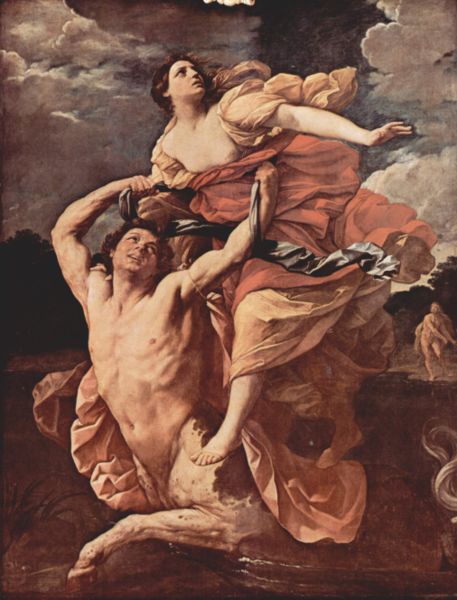
In 1602, Reni and Albani moved to Rome to work with the teams led by Annibale Carracci in fresco decoration of the Farnese Palace. By 1604-5, he received an independent commission for an altarpiece to be placed in St Peter’s Basilica of the Crucifixion of St. Peter. After a few year sojourn in Bologna, he returned to Rome to become one of the premier painters during the papacy of Paul V (Borghese).
Reni’s frescoed ceiling of the large central hall of garden palace, Casino dell’Aurora located in the grounds of the Palazzo Pallavicini-Rospigliosi, is considered his masterpiece. The casino was originally a pavilion commissioned by Cardinal Scipione Borghese; the rear portion overlooks the Piazza Montecavallo and Palazzo del Quirinale. The massive fresco is framed in quadri riportati and depicts Apollo in his Chariot preceded by Dawn (Aurora) bringing light to the world. The work is restrained in classicism, copying poses from Roman Sarcophagi, and showing far more simplicity and restraint than Carracci’s riotous Triumph of Bacchus and Ariadne in the Farnese. Reni in this painting is allies himself more with the sterner Cavaliere d’Arpino,Lanfranco, and Albani “School” of mytho-historic painting, and less with the more crowded frescoes characteristic of Pietro da Cortona. There is little concession to perspective, and the vibrantly colored style is antithetical to the tenebrism of Carravagio’s followers. Payments showed that he was paid in 247 scudi and 54 baiocchi upon completion on September 24, 1616.
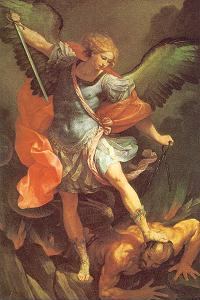
He also frescoed in Paoline Chapel of Santa Maria Maggiore in Rome as well as the Aldobrandini wings of the Vatican. According to rumor, the pontifical chapel of Montecavallo (Chapel of the Annuciation) was assigned to Reni to paint. However, because he felt underpaid by the ministers, the artist left for Bologna, leaving the role of the preeminent artist in Rome to Domenichino.
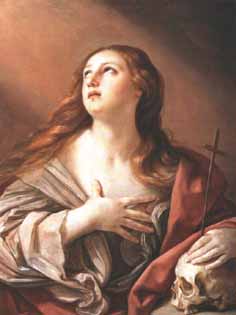
In later years, Reni traveled to Naples to complete a commission to paint a ceiling in a chapel of the San Gennaro. However, in Naples, the other local prominent painters, including Corenzio, Caracciolo and Ribera, were vehemently resistant to competitors, and according to rumor, conspired to poison or otherwise harm Reni (as may have befallen Domenichino in Naples before him). He passed briefly by Rome, but left that city abruptly, during the pontificate of Urban VIII, after being reprimanded by Cardinal Spinola.
Returning to Bologna, more or less permanently, Reni established a successful and prolific studio. He was commissioned to decorate the cupola of the chapel of Saint Dominic in the Basilica of San Domenico in Bologna, between 1613 and 1615, resulting in the radiant fresco St Dominic’s Glory, a masterpiece that can stand the comparison with the exquisite Arca di San Domenico below. He also contributed to the decoration of the Rosary Chapel in the same church with the Resurrection.
LaFortunba.jpg)
In Ravenna, he painted the chapel in the cathedral with his admired picture of the Israelites gathering Manna. Reni, after departing Rome, alternately painted in a variety of styles, true to the eclectic tastes of many of Carracci trainees. For example, his altarpiece for Samson Victorious formulates stylized poses characteristic of mannerism. In contrast his Crucifixion and his Atlanta and Hipomenes depict dramatic diagonal movement coupled with the effects of light and shade that betray the influence of Caravaggio. His turbulent and violent Massacre of the Innocents (Pinacoteca, Bologna) is painted in a manner reminiscent of Raphael. In 1630, he painted the Pallion del Voto with images of St. Ignatius and Francis Xavier, painted during the plague of 1630 that attacked Bologna.
His most distinguished pupil was Simone Cantarini, named “Il Pesarese,”; he painted a portrait of his master, now in the Bolognese Gallery. Other trainees were Domenico Maria Canuti and Giovanni Battista Michelini. The Uffizi Gallery holds a self-portrait. Two other noted pupils were Giacomo Semenza and Francesco Gessi. His themes are mostly biblical and mythological in subject. He painted few portraits; those of Sixtus V, Bernardino Cardinal Spada, and the so called Beatrice Cenci are among the most noticeable. The identity of the Cenci portrait is very doubtful, since Beatrice Cenci was executed in Rome before Reni ever lived there and so could not have sat for the portrait. Many etchings are attributed to Guido Reni, some after his own paintings and some after other masters. They are spirited, in a light style of delicate lines and dots. Reni’s technique was used by the Bolognese school and was the standard for Italian printmakers of his time. Reni died in Bologna in 1642.
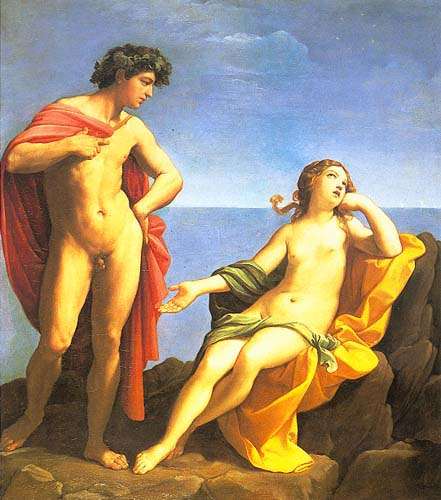
He is buried with Elisabetta Sirani in the Rosary Chapel of the Basilica of San Domenico in Bologna. The Louvre contains twenty of his pictures, the National Gallery of London seven, and others once there have now been removed to other public collections. The most interesting of the seven is the small “Coronation of the Virgin,” painted on copper. It was probably painted before the master left Bologna for Rome. Still wondering about an Italian painting in your family collection? Contact us…it could be by Guido Reni.
